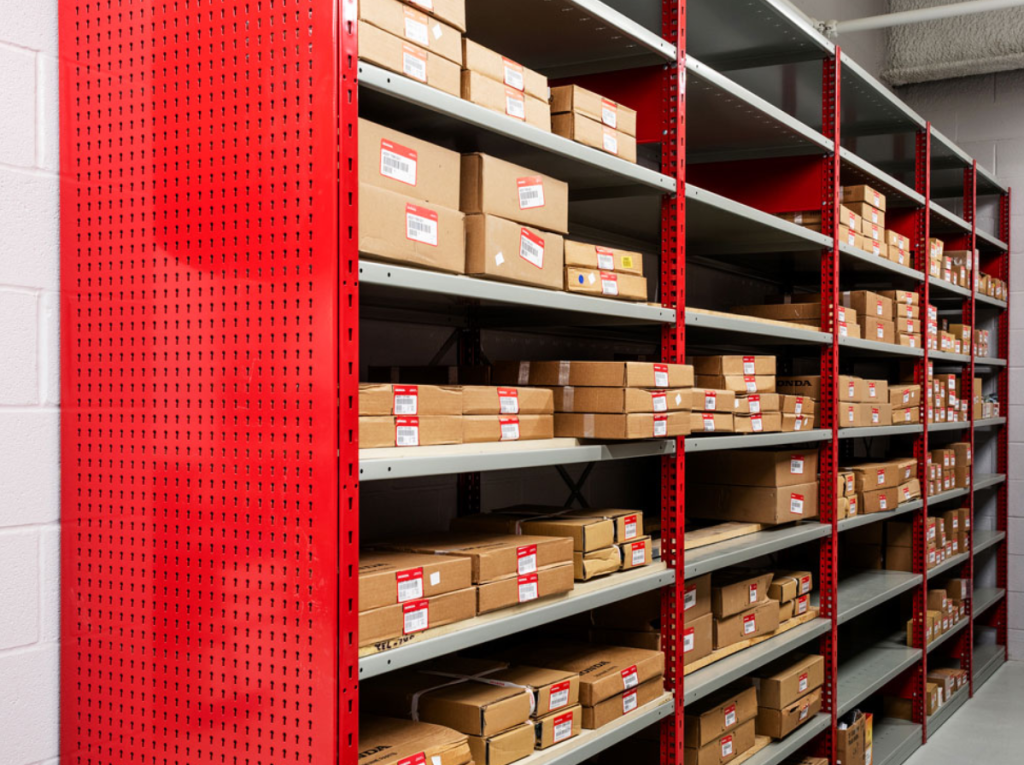In the rapidly evolving landscape of today’s digital era, technology persistently reshapes various industries, rendering processes more streamlined and effective.
One such sector witnessing a considerable metamorphosis due to technology is real estate, with a particular focus on skip tracing.
Skip tracing is a pivotal process involving locating an individual’s whereabouts, indispensable in real estate for identifying property owners and addressing myriad issues.
This article will meticulously explore how technology revolutionizes skip tracing by enhancing its accuracy, speed, and user-friendliness in the real estate sector.
1. Advanced Databases and Information Gathering
The advent of technology has paved the way for the development of sophisticated and comprehensive databases. These databases are essential tools for skip tracers in real estate, aggregating information from many online and offline sources, thus providing detailed insights into property owners’ contact information, addresses, and other pertinent data.
The progression in database technology enables real-time access to information, significantly reducing the time and effort invested in searches, thereby increasing the likelihood of successfully locating individuals.
Furthermore, these advanced databases are continually updated, ensuring that the information accessed is current and accurate, which is crucial for the efficacy of skip tracing in real estate.
2. Artificial Intelligence and Machine Learning
Artificial Intelligence (AI) and Machine Learning (ML) are groundbreaking technologies that transform skip tracing. These technologies can analyze enormous volumes of data, identifying intricate patterns and correlations that might go unnoticed by humans.
In real estate, AI and ML can accurately predict the probable locations of property owners, automate various aspects of the skip-tracing process, and provide more precise results.
This level of automation and precision is not only a boon for saving time and resources but also enhances the overall efficiency and success rate of skip-tracing endeavors.
3. Social Media and Online Platforms
In today’s interconnected world, social media and online platforms have emerged as invaluable resources for skip tracers. These platforms are treasure troves of information, with individuals sharing many personal details, interests, and location data.
For skip tracers in real estate, this wealth of information is a goldmine, enabling them to gain insights into property owners’ whereabouts and activities.
By utilizing advanced algorithms and data mining techniques, skip tracers can sift through vast amounts of social media data, analyze online behavior, and accurately pinpoint the location of individuals, thereby enhancing the success rate of skip tracing.
4. Geographic Information Systems (GIS)
Geographic Information Systems (GIS) have brought about a significant evolution in spatial analysis within skip tracing. This technology enables the visualization, querying, and analysis of geographical data, aiding skip tracers in real estate to meticulously map out property locations, assess geographical patterns, and effectively locate individuals.
GIS not only enhances the precision of location-based searches but also provides a visual representation of data, making it easier for skip tracers to analyze and interpret information. Integrating GIS technology has proven instrumental in addressing and resolving real estate queries and disputes more efficiently.
5. Mobile Technology and Applications
With the ubiquity of smartphones and the advent of various applications, mobile technology has become an integral component of skip tracing. These technologies provide skip tracers with access to real-time location data and communication tools, thereby facilitating the locating of individuals.
Numerous applications enable communication, information gathering, and monitoring of mobile devices, making it easier for skip tracers to track and locate property owners in real estate. The convenience and accessibility offered by mobile technology have significantly contributed to the effectiveness and efficiency of skip tracing in real estate.
6. Cybersecurity and Data Privacy
As we delve deeper into the digital age, the importance of cybersecurity and data privacy continues to escalate. In the field of skip tracing, safeguarding sensitive information is of paramount importance. Technological advancements have introduced robust solutions such as encryption, secure sockets layer (SSL), and two-factor authentication (2FA) to protect data. These security measures are imperative to ensure the confidentiality and integrity of the information gathered during the skip-tracing process in real estate.
By prioritizing cybersecurity, skip tracers can mitigate the risks associated with data breaches and unauthorized access, thereby maintaining the trust and confidence of individuals and stakeholders involved.
7. Blockchain Technology
Blockchain technology is gaining traction as a revolutionary tool in skip tracing, providing a secure and transparent platform for storing and verifying data. In the real estate sector, blockchain can maintain accurate property records, verify ownership details, and trace property transaction history.
The decentralized nature of blockchain ensures the authenticity and reliability of the data, thereby enhancing the integrity of the skip-tracing process.
By leveraging blockchain technology, skip tracers can access verifiable and tamper-proof information, which is crucial for the accuracy and success of skip tracing in real estate.
8. Cloud Computing
Cloud computing has emerged as a transformative technology, offering skip tracers in real estate access to vast data and computing resources. This technology facilitates the storage, processing, and analysis of big data, enabling skip tracers to conduct more comprehensive searches and access information from any location.
The flexibility, scalability, and accessibility provided by cloud computing are instrumental in enhancing the efficiency and effectiveness of skip tracing in real estate.
Moreover, cloud computing allows for seamless collaboration and sharing of information among skip tracers, thereby fostering a more cohesive and integrated approach to locating individuals.
Conclusion
Technology is pivotal in revolutionizing skip tracing in the real estate sector. Integrating advanced databases, AI, ML, social media, GIS, mobile technology, cybersecurity measures, blockchain, and cloud computing has significantly elevated the capabilities and efficiency of skip tracing. These technological advancements not only enhance the accuracy and speed of locating individuals but also ensure the security, reliability, and integrity of the information utilized.
As technology continues to advance and evolve, we can anticipate further innovations and improvements in skip tracing, which will undoubtedly reinforce its significance and impact in the real estate industry.


